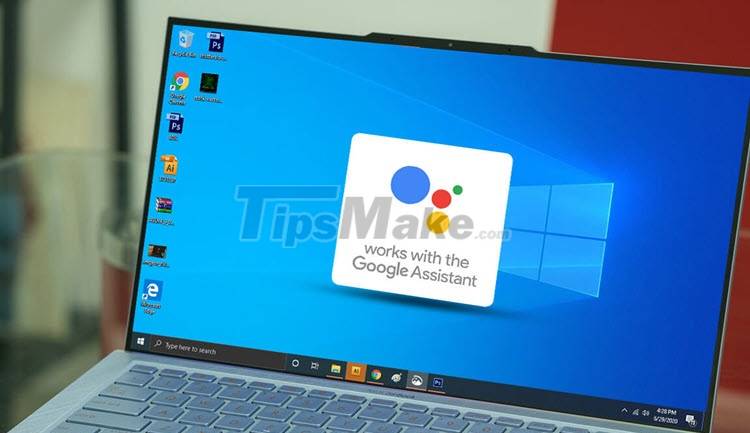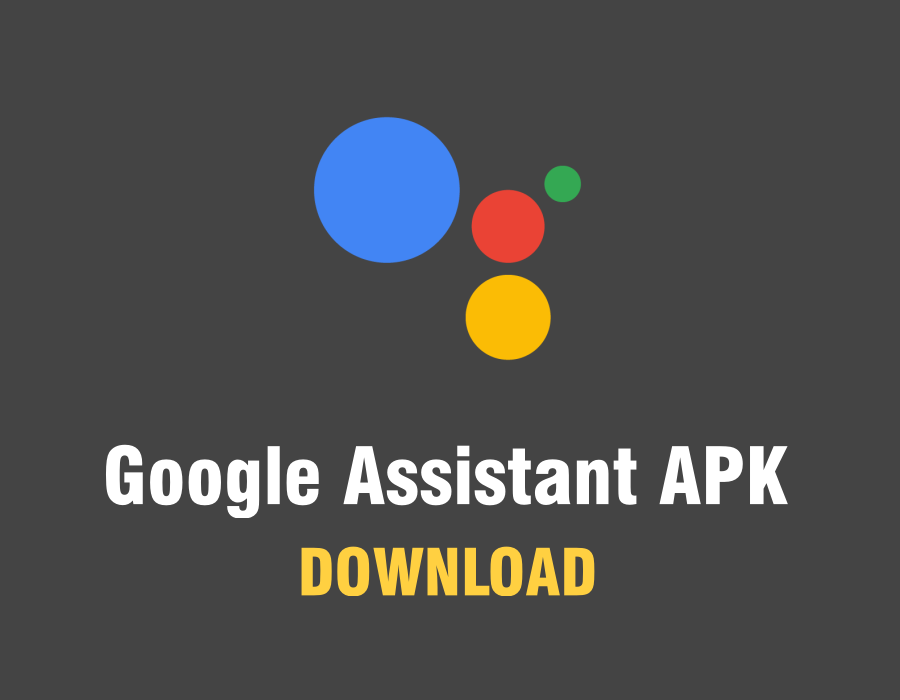
- #INSTALL GOOGLE ASSISTANT HOW TO#
- #INSTALL GOOGLE ASSISTANT INSTALL#
- #INSTALL GOOGLE ASSISTANT REGISTRATION#
- #INSTALL GOOGLE ASSISTANT DOWNLOAD#

#INSTALL GOOGLE ASSISTANT REGISTRATION#
If you want to use a CLI tool to complete the Device Registration and Authentication process manually, read the following:Īfter you have registered your device and downloaded the required authentication files, you can head on to Settings and set the "Key File Path" and "Saved Tokens Path" to the location where the respective files are located. If you want a user friendly registration method, use Device Registration UI: " Setup Authentication for Google Assistant Unofficial Desktop Client" Wiki (For both Device Registration & Authentication help): You can go through the wiki given below to get started. In order to use the client, you must have a "Key File" and "Token" for authentication which you can get by going through Device Registration process.
#INSTALL GOOGLE ASSISTANT INSTALL#
$ sudo snap install g-assist -beta Getting Started
#INSTALL GOOGLE ASSISTANT HOW TO#
If you are on older version of Windows (Windows 10) and don't have it installed, check outĭocumentation section to learn how to install it.

If you are on Windows 11, chances are you have winget pre-installed.
#INSTALL GOOGLE ASSISTANT DOWNLOAD#
You can download from other official sources as well. If you don't want to build the project for yourself, you can download the Assistant Setup/Installer for the respective platform from here (releases). You can build the assistant on your machine if you prefer (see How to Build). The design is inspired by Google Assistant in Chrome OS and comes in both Light Mode (beta) and Dark Mode 😉. So, if you find any bugs or have any suggestion, feel free to post an issue or a pull request. The "Google Assistant Unofficial Desktop Client" is under development. Google Assistant Unofficial Desktop Client is a cross-platform desktop client for Google Assistant based on Google Assistant SDK.

Google Assistant Unofficial Desktop Client


 0 kommentar(er)
0 kommentar(er)
